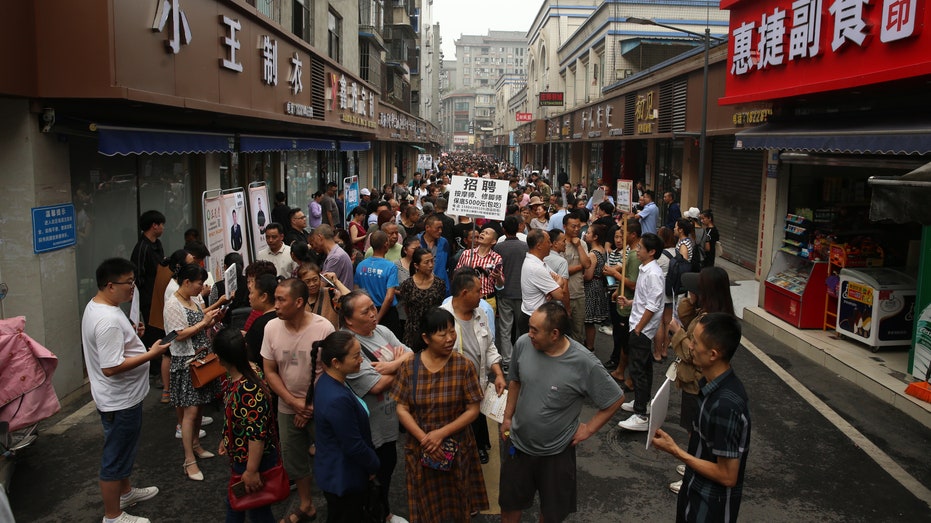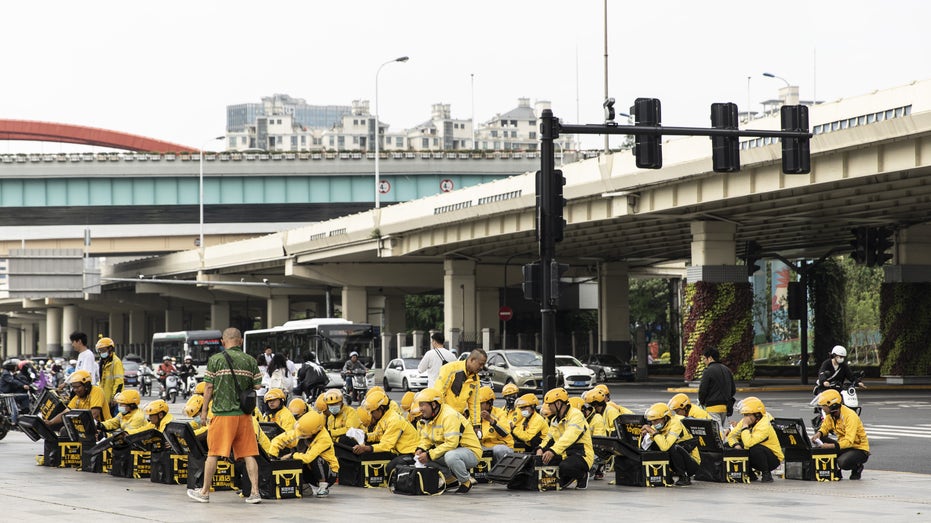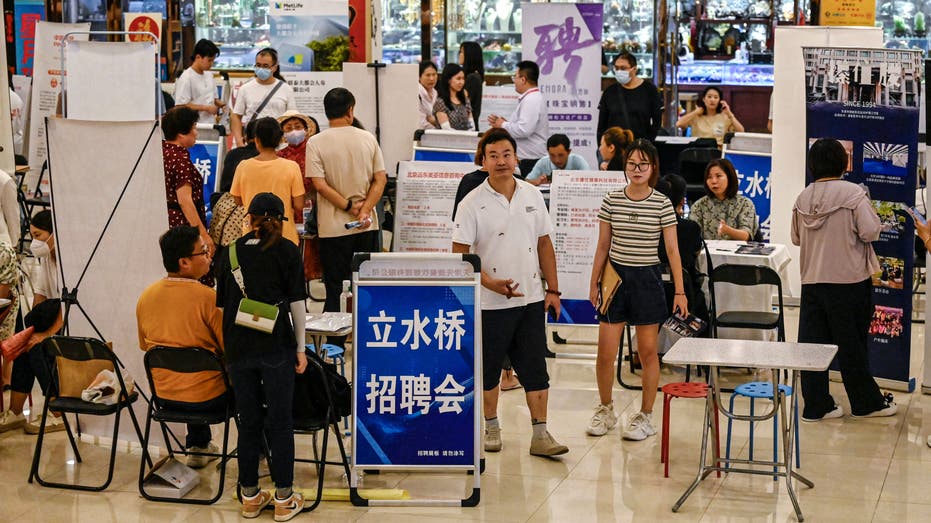China’s inability to cope with increasing youth unemployment amid a growing number of graduates and shrinking number of jobs could create serious problems in the second-largest economy in the world.
The unemployment figure for people ages 16 to 24 years old rose from 15.3% in 2022 to a staggering 21.3% in June, marking a 25% jump in the figure, according to data from China – a record high that prompted Beijing to stop releasing further figures.
The country’s National Bureau of Statistics claimed that it needed to reconsider the method of calculating youth joblessness, arguing that “the economy and society are constantly developing and changing” and “statistical work needs continuous improvement” as well.
Fu Linghui, spokesperson for the NBS, suggested that the increasing number of students in that age group affected employment figures, though the BBC reported that China has never counted students as part of the unemployment figure, which Beijing started publishing in 2018.
CHINA RISKS SHOULD GET DISCLOSED BY LARGE US COMPANIES, SAYS FORMER SEC CHAIR
Overall unemployment in China hit 5.3% in July, down from a high of 6.1% earlier in the year, according to The Wall Street Journal. That rate is a little higher than the pre-pandemic rate, reported as 4.6% by the World Bank. China reported an overall unemployment rate of 4.9% in 2022.
Before the pandemic, youth unemployment, which rose in the summers of 2018 and 2019, peaked at 13-14%; once the pandemic hit, the baseline unemployment averaged 14% and peaked at 17%.
The situation spiraled in 2022, with youth unemployment leaping to 18% averaged across the year and peaking just under 20% before topping that figure earlier this year.
TAIWAN LASHES OUT AT ELON MUSK OVER CLAIM THAT SELF-GOVERNED ISLAND IS AN ‘INTEGRAL PART OF CHINA’
The consequences of this unemployment could have a significant impact on China’s economy, which has already slowed its growth from the incredible rate it had recorded in the early 2010s: The pressure on wage growth and lack of consumption could further stymie any growth and potentially create greater social instability.

A report from Goldman Sachs analyzing the trends and seeking reasons for the sudden shift noted that the trend will not reverse as more graduates join the workforce each year and vulnerabilities from the sharp economic downturn during the pandemic hit younger, less experienced workers.
“While the output gap (the difference between what an economy is producing and what it’s capable of producing) in the services sector narrowed materially in the first quarter of this year, the related increase in demand for workers probably won’t be enough to offset a pending flood of graduates,” the report argued.
BIDEN SAYS CHINA’S ECONOMIC WOES MAKE TAIWAN INVASION LESS LIKELY
The report largely blames the “mismatches between the skills graduates acquired” and “those required by employers,” reporting that graduates in education and sports disciplines grew by more than 20% during the pandemic, but educational institutions decreased their hiring during the same period.

Goldman Sachs also blamed regulation changes in several major industries – most notably, information technology – as also weakening demand in those sectors. China has around 12 million new graduates projected for 2023, a number up from around 11 million in 2022 and a sharp increase over the roughly 9 million in 2021, according to estimates from China’s Ministry of Education.
Ho-Fung Hung, a professor of political economy at Johns Hopkins University, noted in an op-ed in the New York Times that Chinese President Xi Jinping had repeatedly tried to push urban youth out to the countryside, but farmable land continues to decrease.
CHINA, NORTH KOREA DEVELOPING NEW STRATEGIES AND TARGETS FOR AI-POWERED OPERATIONS, MICROSOFT WARNS
The only way forward for China, he argued, is to reduce the tight regulations on the private sector and allow it to grow more unfettered, which will create more jobs.

The Wall Street Journal also reported on some tactics Beijing believes could help alleviate the problem, including a mandate for state-owned companies to hire more graduates or pushing the youth toward blue-collar jobs if they don’t answer the call to farm the countryside.
Goldman Sachs reported that the government prioritized recent graduates for military recruitment as well, but that ultimately the efforts that Beijing has pursued do not address the underlying issue and therefore will continue to plague the country’s economy for some time.
“Addressing the misalignment between school disciplines and business demand would help, but this is a difficult and medium-term task and unlikely to yield significant improvement in the short run,” according to the analysis.
Read the full article here




